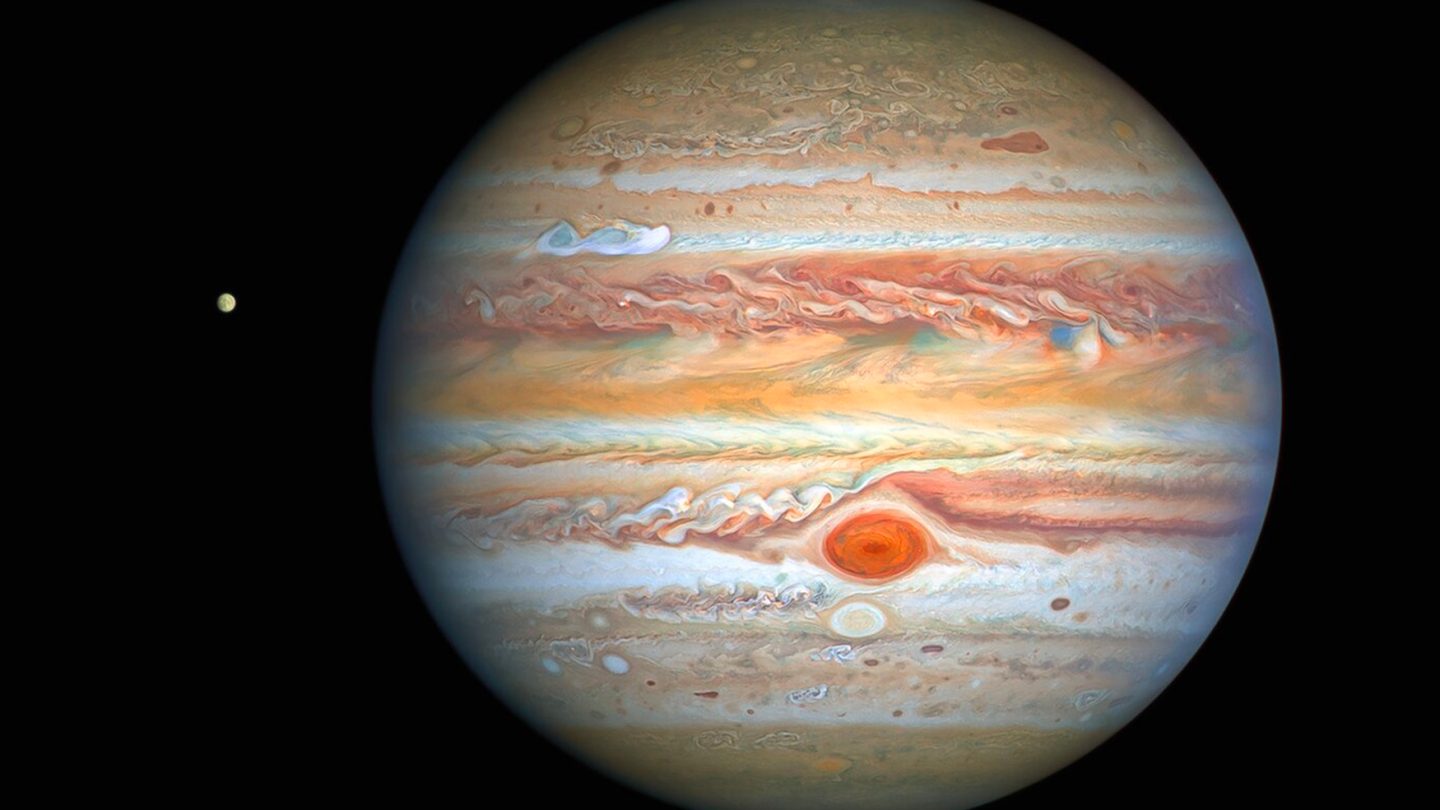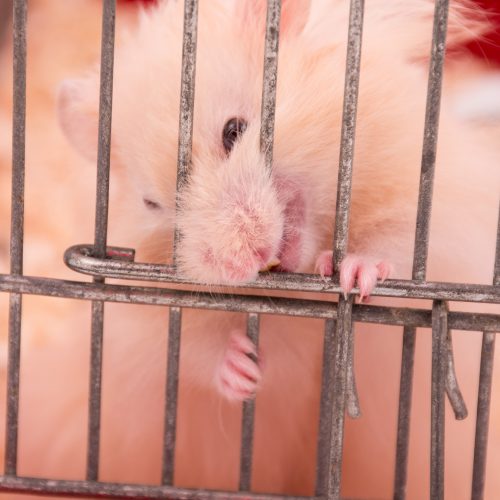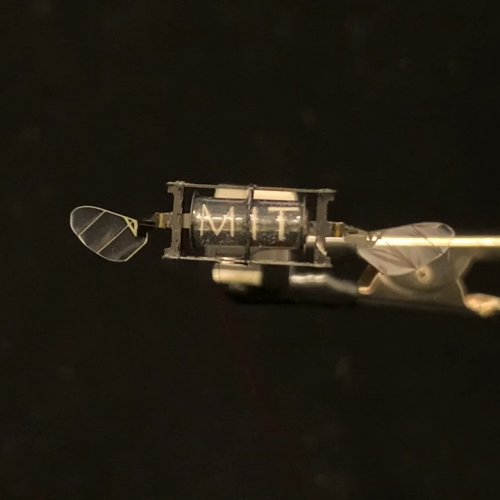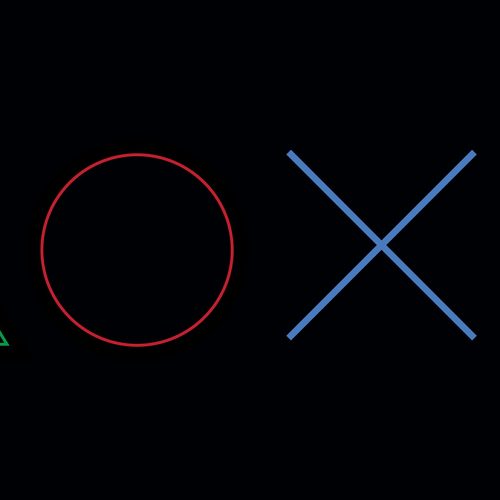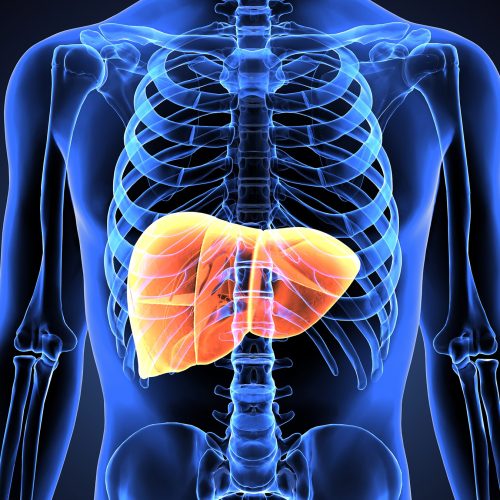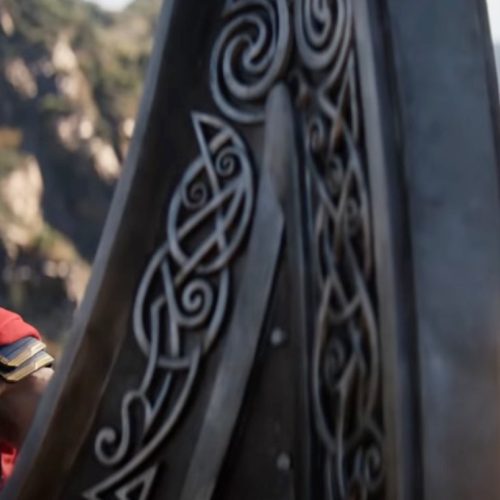Jupiter has been quite a mystery for astronomers over the years. Despite being the largest planet within our solar system, we know very little about the inner workings of this gas giant. Now, though, NASA’s June space probe may have shed some new light on how the planet formed. Researchers now believe that Jupiter may have eaten other smaller planets to fuel its own growth.
Jupiter eats other planets, researchers suggest
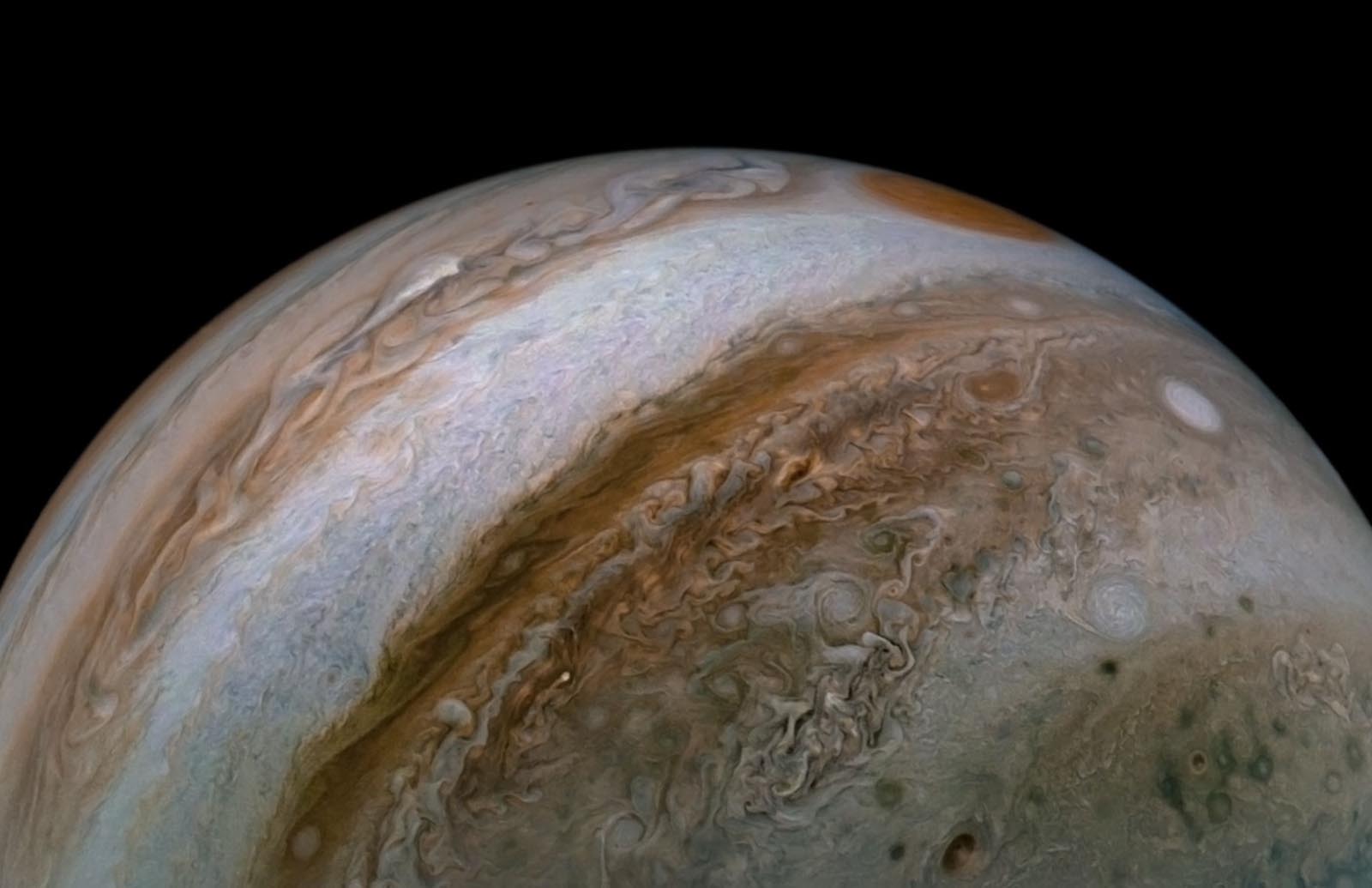
The idea of one planet eating another might sound like something out of science fiction. After all, this isn’t Star Wars, where we have to worry about massive Death Star space stations or other planet killers. But, scientists believe that the fifth planet from our Sun, Jupiter ate planets during its formation.
For decades, we’ve been unable to look past the harsh gas clouds that cover the surface of the planet. Now NASA’s Juna space probe has given us a glimpse below. The researchers used gravitational data to peer past Jupiter’s clouds. The makeup of the rocky material at the gas giant’s core suggests that Jupiter ate baby planets—often called planetesimals—to fuel its growth.
Growing a gas giant
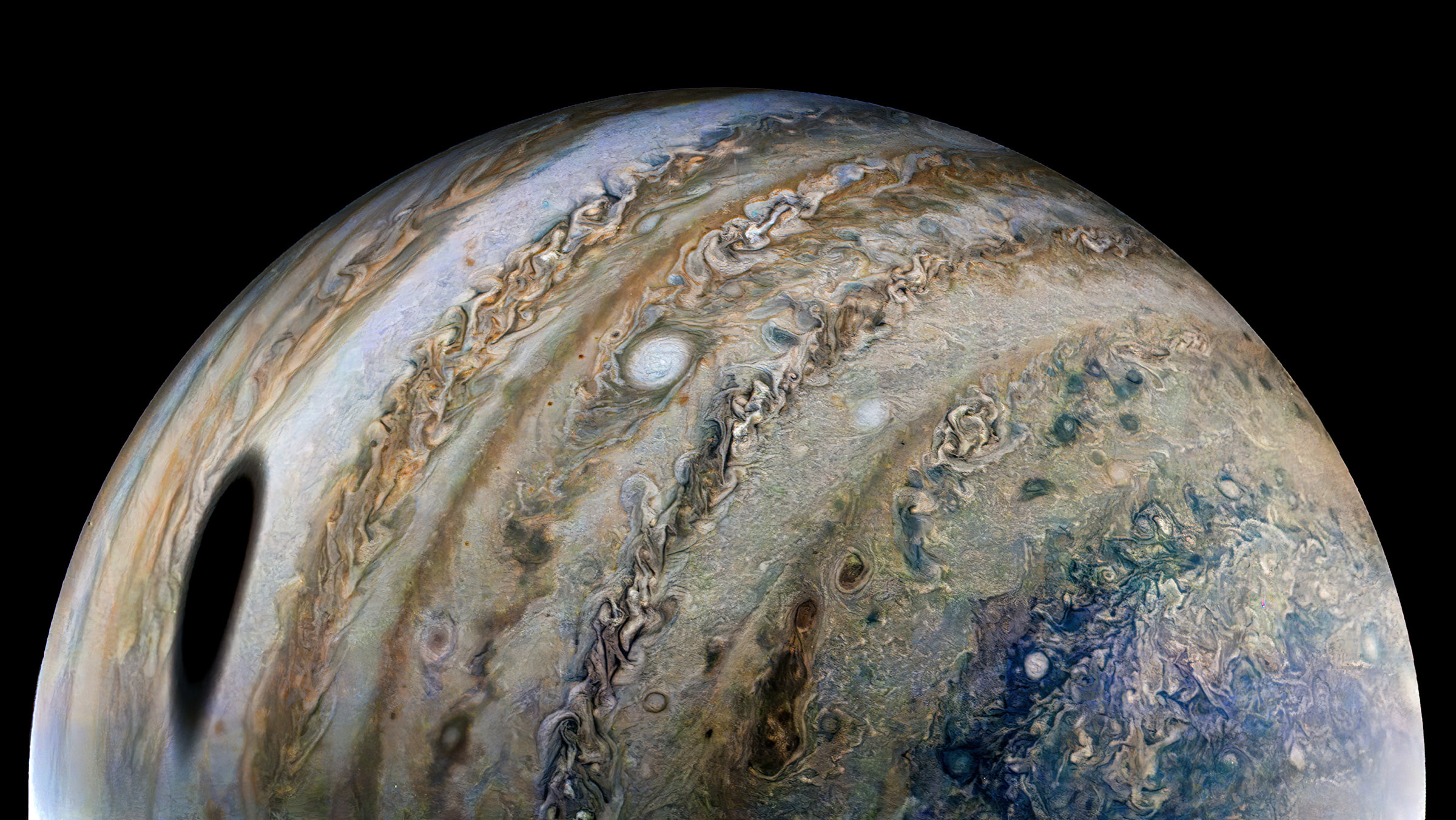
It’s a bold claim, but it is one that has been around for a while. With this new data, though, scientists finally have a little bit of evidence that Jupiter eating other planets could be more than just science fiction. It especially makes sense as the gas giant would have needed to pull in a lot of mass to become as massive as it has become.
There are two main theories about how Jupiter formed. The first is that Jupiter accumulated billions of smaller space rocks. These rocks eventually formed the condensed core that makes up the gas giant. The other theory, and the one this new evidence supports, is that Jupiter may have eaten other planets to grow as large as it has.
These planets would have been absorbed by the gas giant, eventually forming the dense core of the planet. Then, scientists believe that Jupiter began to absorb and collect gas from the birth of our Sun. This is what helped form the clouds that we see covering the surface of the planet now, too.
Of course, even with this evidence, we can’t say for sure how Jupiter formed. It is possible that Jupiter ate smaller planets as it was forming. But, with no way to see the planet itself form, we can’t verify that this happened. All we can do now is interpret the evidence we’ve discovered. And right now, that evidence says Jupiter is a planet eater.
